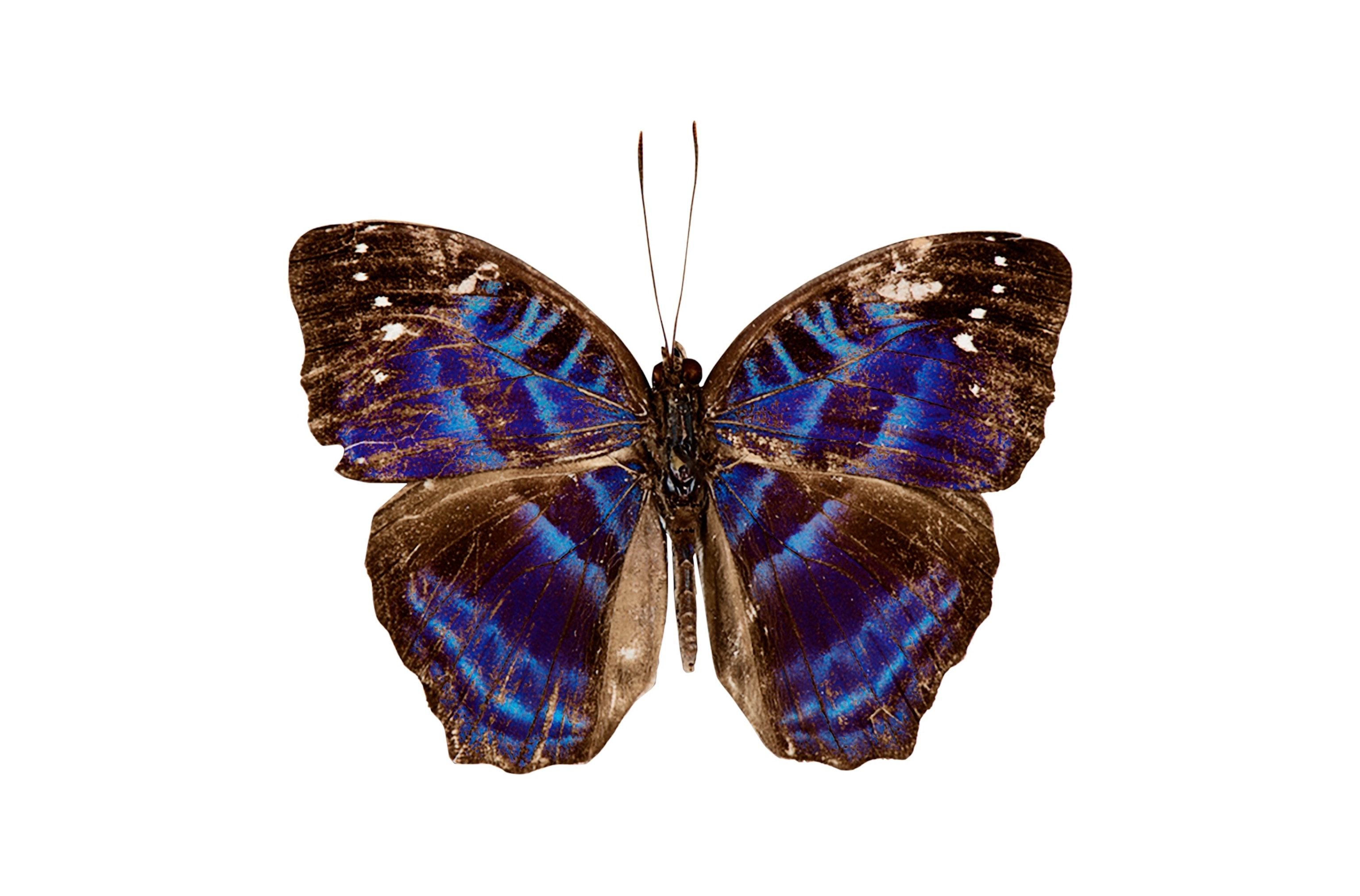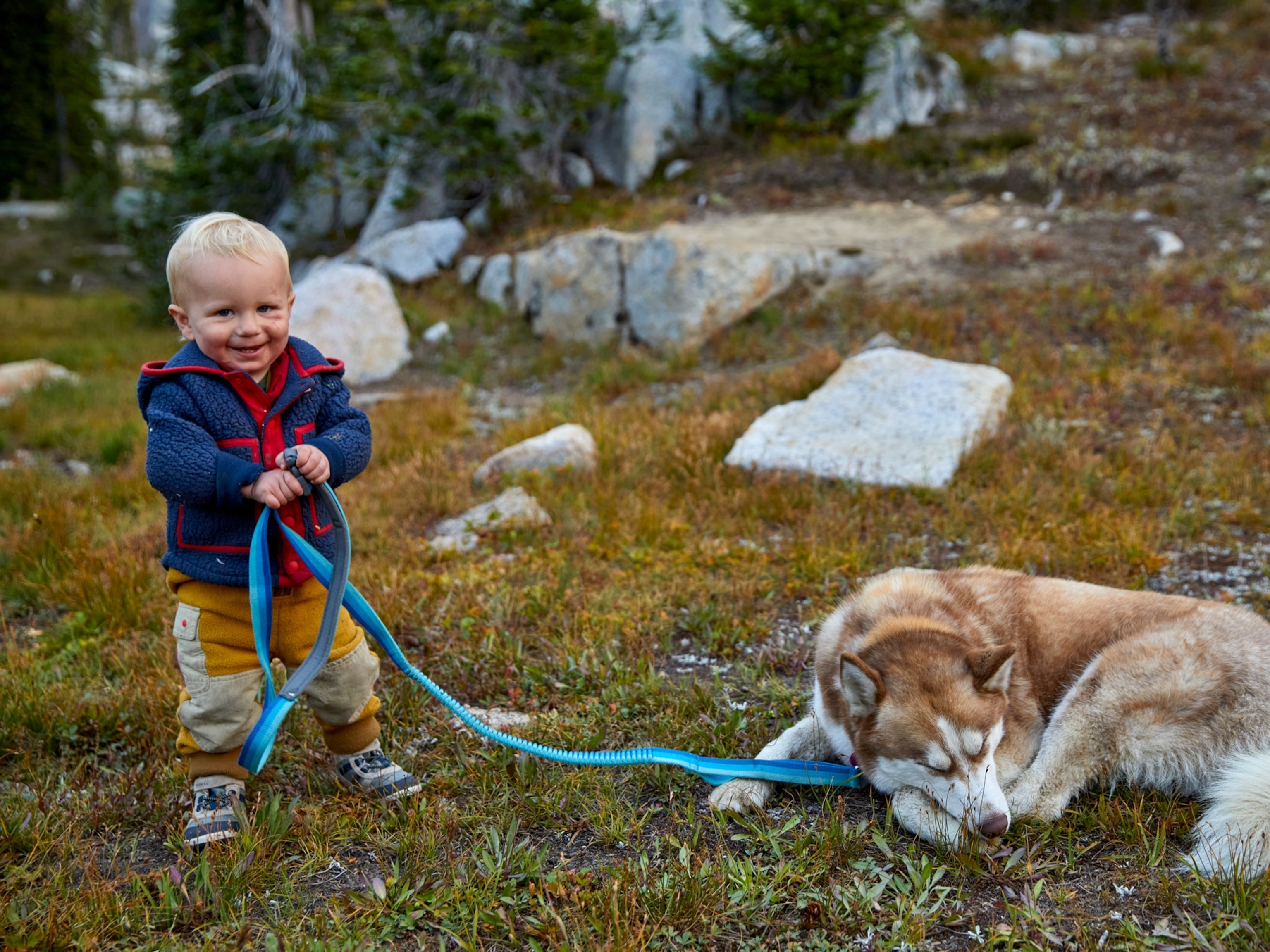
How Fido evolved to have those irresistible puppy-dog eyes
Specialized facial muscles help dogs cajole humans, butterfly wings inspire a new 3D printing technique, and more science news.
Speaking eye to eye
Saying no when Fido gives you his best “puppy-dog eyes” can be extremely difficult. For thousands of years, dogs have been cajoling people by making this pitiful, adorable expression—an ability that may be the result of selective breeding, a new study says.
Tiny muscles around the eyes and mouth enable terrestrial mammals to form myriad facial expressions. Those muscles are more similar in dogs and humans than in dogs and wolves, says the study by researchers from Pittsburgh’s Duquesne University. In wolves, most of the facial muscles are slow-twitch fibers, which adjust less rapidly, while in humans and domesticated dogs, most of the muscles are fast-twitch fibers, which react quickly. It’s this musculature difference that allows dogs to make puppy-dog eyes and other animated, humanlike expressions that wolves can’t.
Communicating with facial cues is “fundamental to all humans,” says study lead author Anne Burrows. “So it seems reasonable that we would have selected dogs during selective breeding that would gaze into our eyes.” Burrows and colleagues are now investigating whether the evolution of fast-twitching muscles around dogs’ mouths played a role in the barks they developed to communicate. —Annie Roth
The butterfly effect via 3D printing
Light interacting with microscopic ridges on the wing surfaces of the African Cynandra opis butterfly gives rise to iridescence. These “structural colors” can appear in a wide spectrum of visible hues, including some not in the butterfly’s pigmentation. Now researchers in Switzerland have replicated the wings’ nanostructure with 3D printing on translucent plastic. The innovation could be used for banknotes, inks, and display screens. —Simone Einzmann

A warmer Alpine greening
Satellite images of the Alps show that the amount of vegetation above the tree line has increased by nearly 80 percent in less than 40 years. As climate change warms the region, new species may outcompete those used to harsher conditions, such as this edelweiss. —SE






